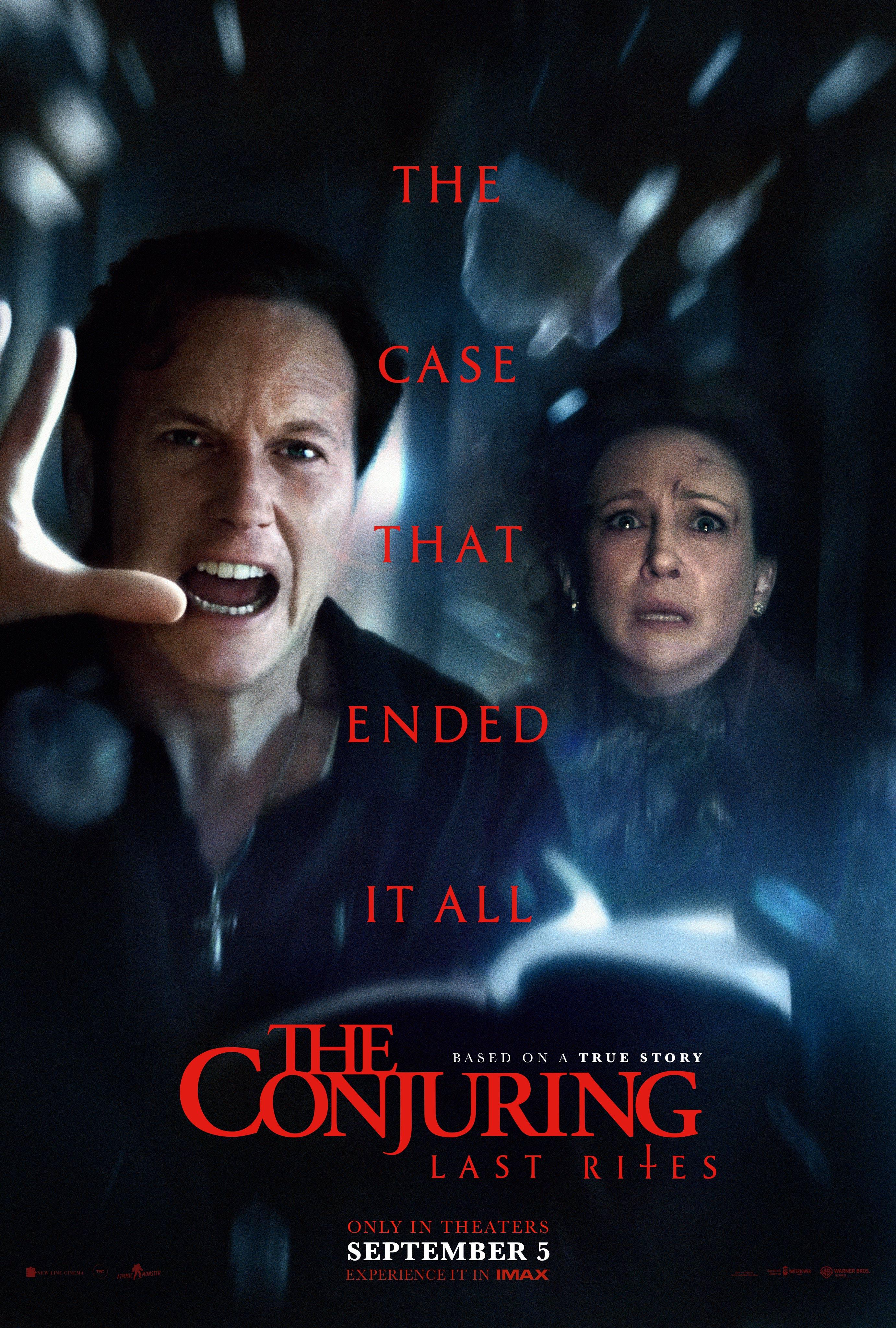Today's Movie
The Conjuring: Last Rites

2025 • R • 2 hr 15min • ⭐ IMDB 6.4
Starring: Patrick Wilson, Vera Farmiga, Mia Tomlinson
Directed by: Michael Chaves
Summary: Paranormal investigators Ed and Lorraine Warren take on one last terrifying case involving mysterious entities they must confront.
Showtimes:
Next Event:
 Conjunto Primavera — El Amor & Saxofón Sat Sep 27 @ 8:00PM Category: Concert |
REVIEW
SBIFF Opening Night 2014: Wonder, Exploration, Sylvia Earle and Mission Blue
-
Written byChris Johnson
-
Photographed byA Arthur Fisher & Robert Redfield

According to undersea explorer Robert Ballard, famed for discovering the wreckage of the Titanic, “The annual budget of NASA would fund NOAA’s yearly budget to explore the oceans for 1,600 years. Why are we ignoring the oceans?” Culturally, spiritually and yes, even cinematically, from Cro-Magnon to Kubrick, humans historically have turned their gaze to the skies for inspiration, salvation and the mystery of creation. Sylvia Earle is out to change that.
On the opening night of the of the Santa Barbara International Film Festival’s 29th edition, the renowned oceanographer and TED sensation arrived at the Arlington Theatre on a mission… Mission Blue to be exact. The red carpet eschewed mayhem for measured conversation as Earle, clad in sparkling cobalt blue, and the contingent behind the film, including directors Robert Nixon, Fisher Stevens, writer Mark Monroe (also responsible for 2009’s The Cove) and composer Will Bates generously granted interviews to all outlets.
Inside, Festival Director Roger Durling set the tone for the night, as well as the duration of the ten day event, beseeching the sold-out crowd to embrace the mantra, “Wonder and Exploration,” dedicating the spirit of the festival to the legacy of Santa Barbara wildlife cinematographer, TV host and festival stalwart, Mike DeGruy, killed in a 2012 helicopter crash while filming in Australia.
Mission Blue opens with a spectacular (and rare) rendezvous as Earle and the film crew encounter a large pod of massive whale sharks in the Gulf of Mexico, just months after the Deepwater Horizon disaster, juxtaposing the innocence and resilience of these gentle giants and our connection to them, with the constant devastation we wreak upon their environment – a recurring theme throughout the movie. Shadowing Earle for three years on expeditions and appearances across the globe, Fisher and his team also paint a highly personal narrative portrait of the genesis and journey of this water/warrior/wonder woman, whose epiphany arrives during a family move from New Jersey to Florida and sparks a lifelong affinity for all things aquatic, from seaweed to sharks.
As a young marine biologist in the 60’s, Earle becomes swept up in the era’s rampant sea and space exploration, fueled by an ambitious Kennedy administration and the advent of Cousteau’s aqualung. And, as often the sole female in her field, subjected to its rampant sexism. At one point, director Stevens opines, “You showed us that smart and beautiful was OK,” to which Earle replies, “It never occurred to me that it wasn’t OK.”
The film achieves a balance that seems to elude Earle through her rapid ascension; between the personal and professional. Long hours at sea and in the spotlight take their toll on several marriages as Earle becomes the first woman to stroll the sea floor at 1,250 feet, designs her own submersibles, and is appointed as the chief scientist at NOAA – a seemingly dream job that ultimately ends up elevating her crusade to a new level after battling bureaucrats, fisheries, “If you’re trying to drive tuna to extinction, you’re doing a great job,” and challenging a culture of climate-change denial still prevalent in the halls of power.
Mission Blue is also a somber and sometimes graphic chronicle of our continuous neglect, policies and practices that place the marine environment in constant peril. The narration tells us that, “No matter what we do to the ocean, it always looks the same on the surface.” A sojourn to a remote reef far off the Australian coast bears this out, revealing not the expected, pristine Eden, but a barren, decimated coral graveyard with few fish. Pollution, shark-finning, industrial-strength overfishing and unchecked development (at one point noting that when Earle arrived in Florida, one oil rig occupied the Gulf - now there are 33,000) and pervasive ignorance of the ocean’s integral role in daily life, regardless of geography are contributing factors. Even our “healthy” quest for omega threes is assailed (Earle doesn’t eat fish and notes there are plant-based sources for the oil) to the point where pescatarian viewers may have to reconsider.
But there is hope… Hope Spots, actually. The “mission” in Earle’s Mission Blue is her initiative to establish global marine sanctuaries “hope spots” similar to the National Park system, that establish fishing/dumping/development–free zones to protect ocean life and regenerate degraded ecosystems.
Early in the film, Earle is asked why she thinks people consider her a radical, “If I’m a radical, it’s because I see what others do not.” Thanks to the remarkable footage - archival and original - from Florida, Mexico, Australia and the Galapagos, shot and compiled by Stevens and DP Bryce Groark, we can see what Earle sees… eloquent words intertwined with elegant worlds; underwater images of what was, what is, and thus, what might be again, giving hope that Mission Blue is indeed Mission: Possible.
Afterwards, the audience headed en masse to a packed gala celebration at El Paseo, where live music, local food, open bars and projected film clips awaited, and where Sylvia Earle eagerly greeted fans and held court with enthusiastic film-goers late into the night… less than an eighth of a mile from the ocean.















